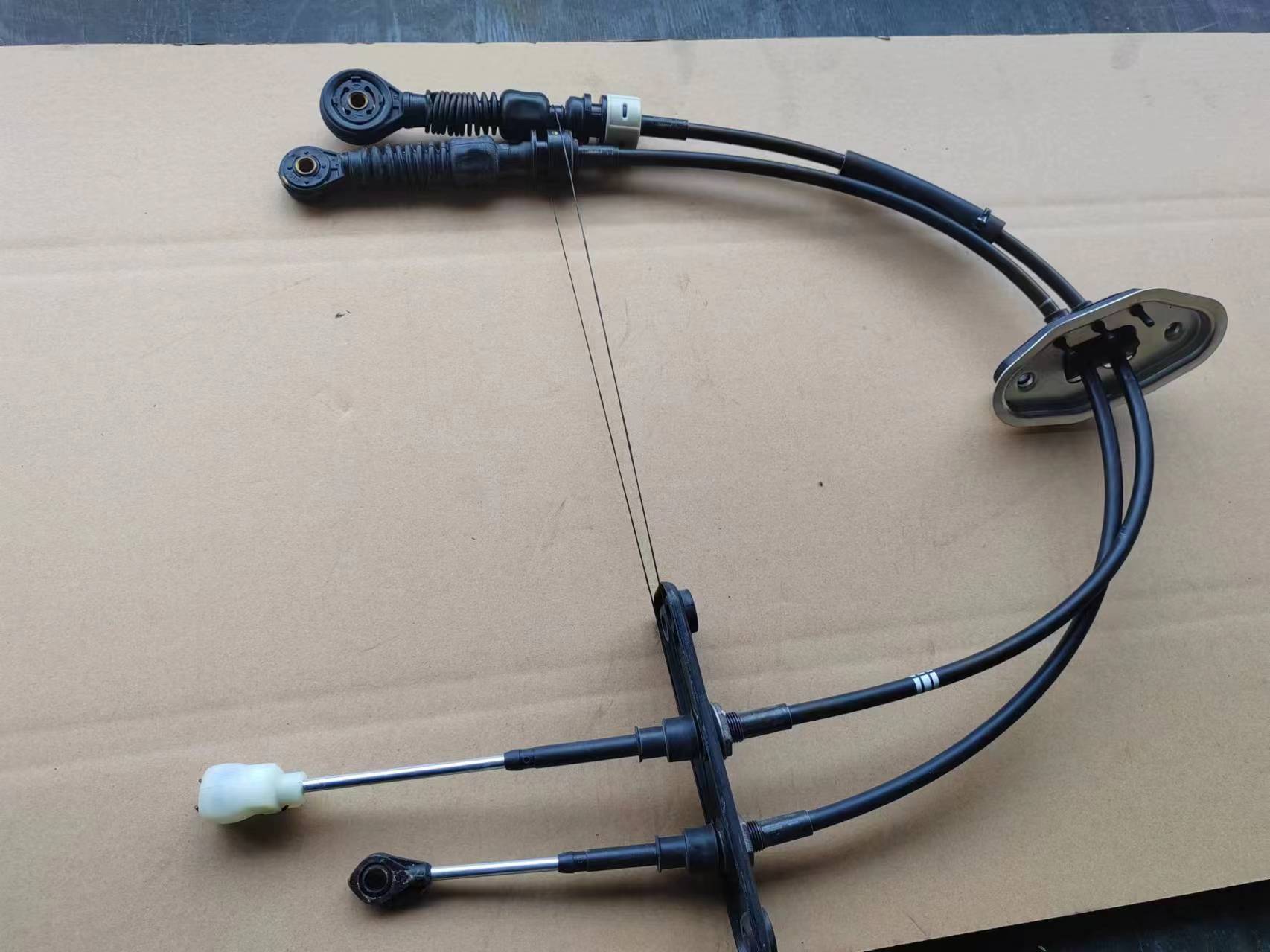clutch hydraulic pipe
Understanding Clutch Hydraulic Pipes Essential Components of Modern Transmission Systems
In the realm of automotive engineering, the clutch system plays a pivotal role in the functionality and performance of manual and semi-automatic vehicles. One of the critical components of this system is the clutch hydraulic pipe, a vital element that ensures efficient power transfer between the engine and the transmission. This article delves into the significance, functionality, and maintenance of clutch hydraulic pipes, highlighting their role in the overall performance of a vehicle.
The Role of Clutch Hydraulic Pipes
Clutch hydraulic pipes are part of a hydraulic system that operates the clutch mechanism in a vehicle. In a hydraulic clutch system, fluid is used to transmit force from the clutch pedal to the clutch itself. When the driver presses the clutch pedal, the hydraulic fluid is pushed through the hydraulic pipes to disengage the clutch, allowing for smooth gear changes. This system eliminates the need for traditional mechanical linkage, resulting in a more responsive and lighter clutch operation.
The hydraulic pipe, typically made from high-quality materials capable of withstanding pressure and temperature fluctuations, is designed to transport hydraulic fluid efficiently. Its role is critical, as any damage to the pipe could lead to fluid leaks, which can cause clutch malfunction, ultimately compromising the vehicle's drivability.
Benefits of Hydraulic Clutch Systems
Hydraulic clutch systems offer several advantages over their mechanical counterparts. One of the primary benefits is the reduced effort required to operate the clutch. The hydraulic system allows for a lighter pedal feel, making it easier for the driver to engage and disengage the clutch. Additionally, hydraulic systems are more efficient in transferring power, providing a smoother and more consistent clutch engagement.
clutch hydraulic pipe

Another significant advantage is the self-adjusting nature of hydraulic systems. As the clutch wears over time, the hydraulic system can adapt to maintain optimal performance, reducing the need for frequent adjustments. This feature not only enhances the driving experience but also contributes to the longevity of the clutch system, resulting in lower maintenance costs over the life of the vehicle.
Maintenance of Clutch Hydraulic Pipes
Like any other component of a vehicle, clutch hydraulic pipes require regular maintenance to ensure they function correctly. Drivers should be vigilant for signs of wear or damage, such as leaks or a spongy clutch pedal feel. Regular inspections can help identify issues before they escalate, preventing costly repairs.
One critical aspect of maintaining the hydraulic clutch system is ensuring that the hydraulic fluid is at the correct level and is in good condition. Contaminated or degraded fluid can hinder performance and lead to system failure. Routine fluid changes, as recommended by the manufacturer, are essential to maintain the efficiency of the hydraulic system.
Moreover, if any repairs are needed, such as replacing a damaged hydraulic pipe, it’s essential to use high-quality parts that meet or exceed OEM specifications. This ensures compatibility and reliability, which are crucial for the safe operation of the vehicle.
Conclusion
In conclusion, clutch hydraulic pipes may seem like minor components, but they are fundamental to the effective operation of a vehicle's clutch system. Their role in providing smooth gear shifts and a pleasant driving experience cannot be overstated. By understanding the importance of these components and prioritizing their maintenance, drivers can ensure the longevity and reliability of their vehicle's transmission system, ultimately enhancing overall performance on the road.
-
Workings of Clutch Pipe and Hose SystemsNewsJun.04,2025
-
The Inner Workings of Hand Brake Cable SystemsNewsJun.04,2025
-
The Secrets of Throttle and Accelerator CablesNewsJun.04,2025
-
The Hidden Lifeline of Your Transmission Gear Shift CablesNewsJun.04,2025
-
Demystifying Gear Cables and Shift LinkagesNewsJun.04,2025
-
Decoding Clutch Line Systems A Comprehensive GuideNewsJun.04,2025
